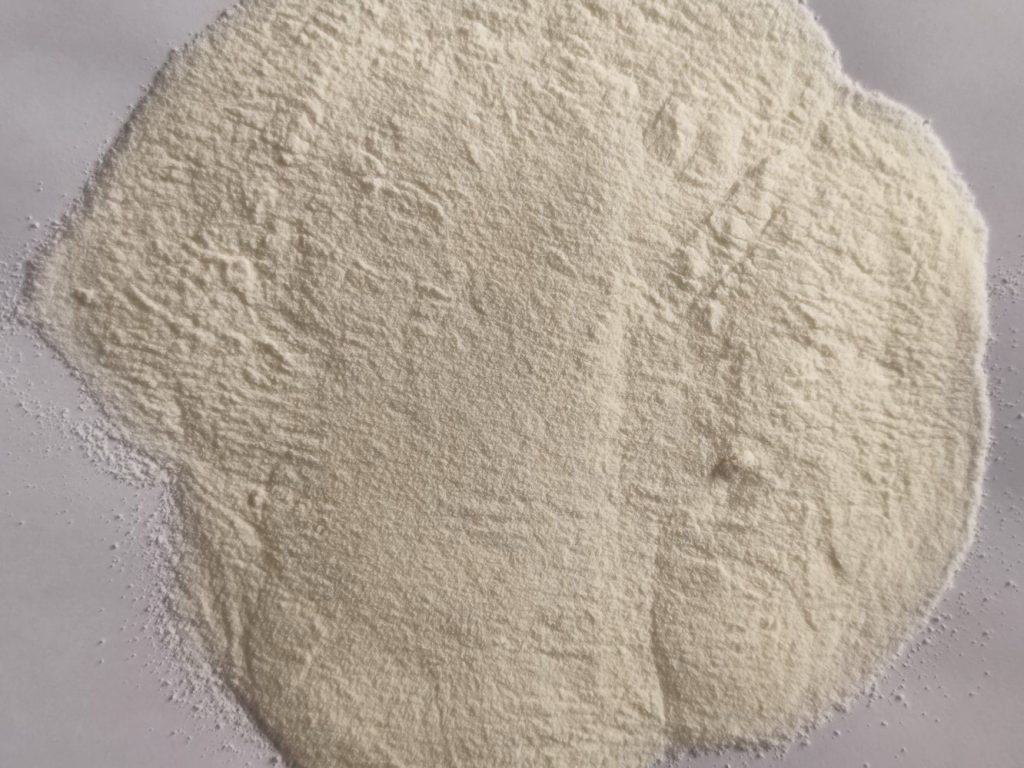
Many buyers want to buy synthetic zeolite from China, but they don’t find suitable zeolite from overseas. It is important to buyers who do not know the zeolite chemical formula.
The mineral known as “zeolite” or “zeolites” has many different chemical elements in its composition. In general, zeolites are aluminosilicate minerals that can carry water in their crystalline structure and have the formula M2/nO.Al2O3.xSiO2.yH2O.
Chemical Formula
The formula for zeolite stands in for these ratios: M can be any one of a number of metals, including sodium, lithium, potassium, calcium, and magnesium. The variable “n” stands for the valence of the metal cation, and “y” for the number of water molecules in the structure of the zeolite, according to the Research Foundation at the State University of New York (SUNY). A zeolite will have at least one silicon atom for every aluminum atom, as the Abbey Newsletter describes.
Features
Heat causes zeolites to let go of their water molecules and pick up other molecules from their environment through the process of adsorption, not to be confused with absorption. The structure of zeolite targets molecules of particular diameters, according to the University of California, San Diego (UCSD).
Zeolites have a high capacity for adsorption. UCSD defines adsorption as the process by which molecules bind to a surface. Molecules with a strong taste or odor bind strongly to adsorbent surfaces.
Function
Many industrial and home applications exist for zeolites. Laundry detergents, for instance, use large quantities of zeolite minerals for their ability to soften water. Because zeolites adsorb odorous and polluting compounds, their applications range from home cleaning to nuclear waste treatment.
Fun Fact
Most zeolites used in commercial applications have been synthesized, as natural zeolites usually appear already bound to other metals and minerals.
